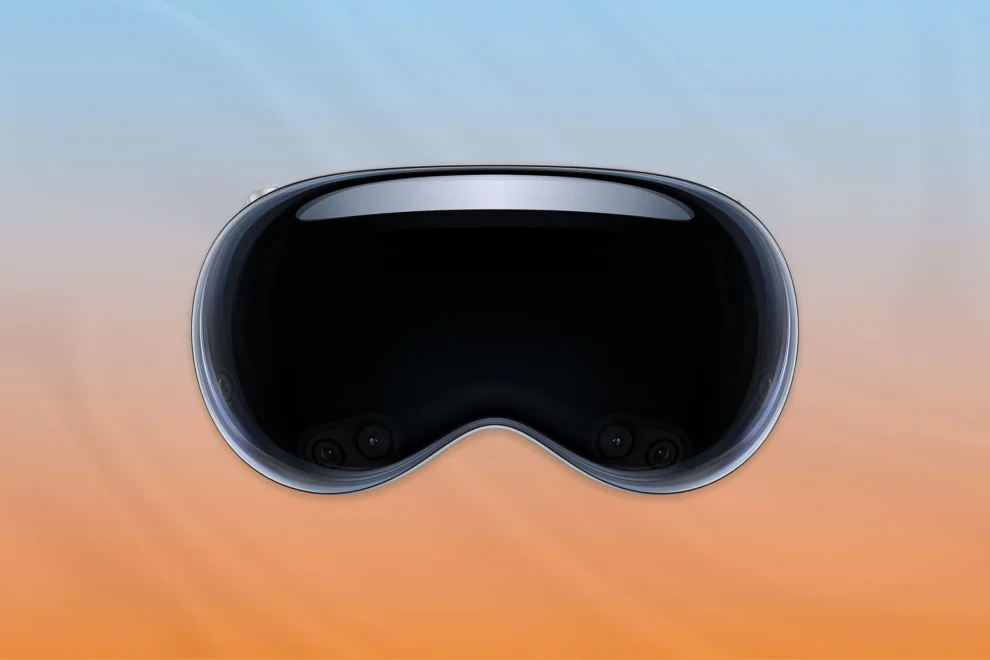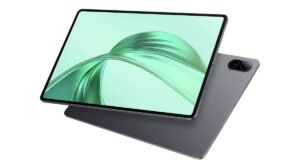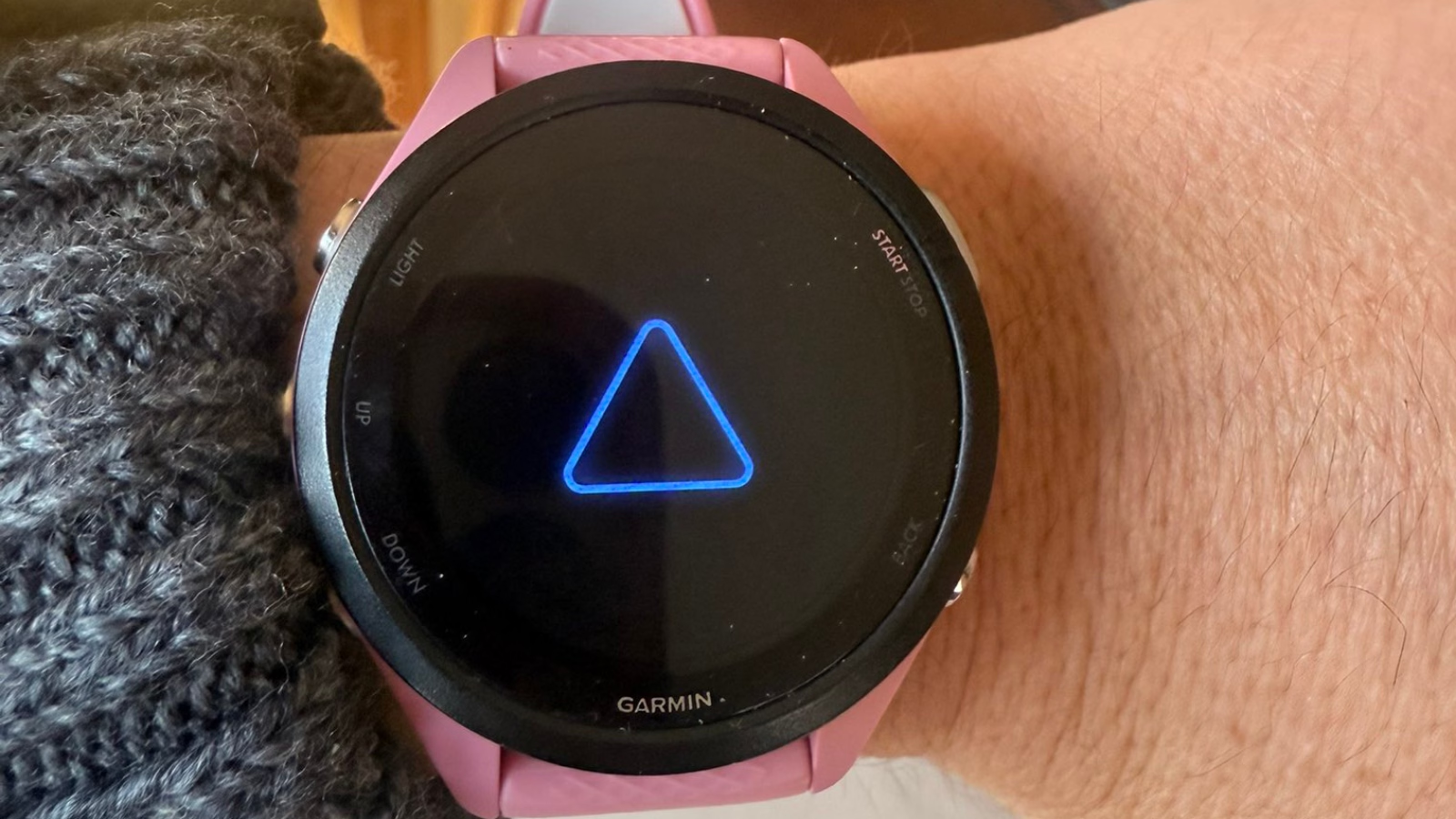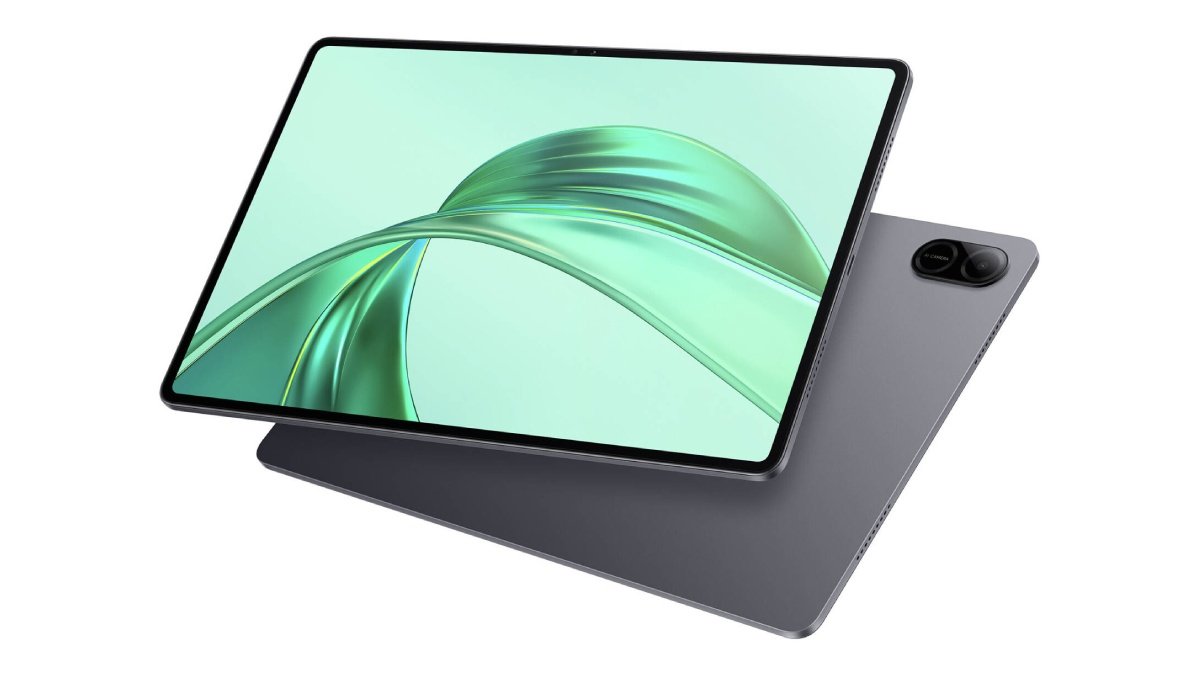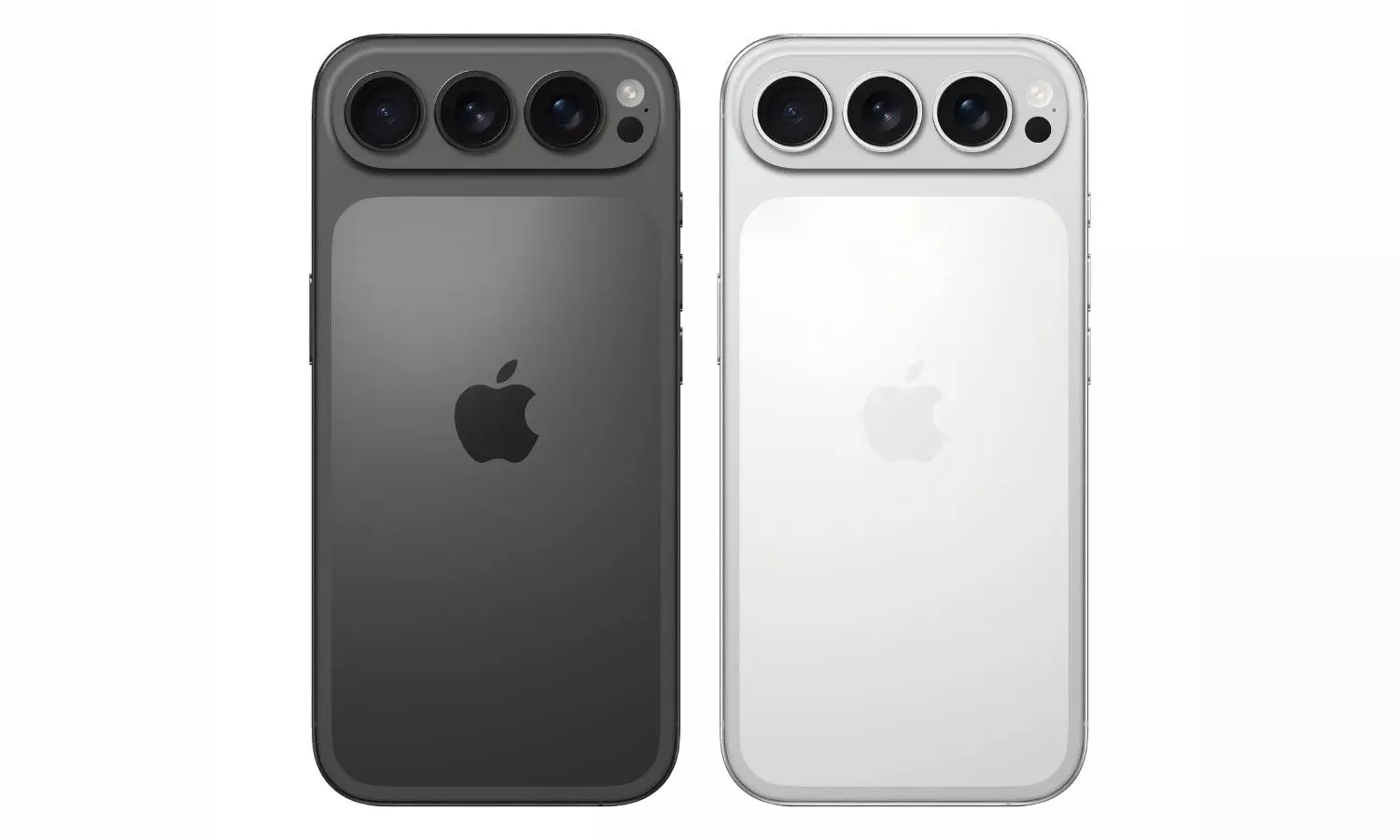Apple’s latest innovation, the Vision Pro, is set to revolutionize the technology landscape, much like the launch of the Macintosh computer did four decades ago. With its February 2nd release, this highly anticipated spatial computer has generated a buzz reminiscent of Apple’s historical product launches.
Key Highlights:
- Vision Pro, Apple’s first spatial computer, seamlessly integrates digital content with the physical world.
- Boasts an ultra-high-resolution display system, eye-tracking technology, and an R1 chip for real-time content delivery.
- EyeSight feature allows transparency and eye contact for user engagement.
- Priced at $3,499, it features visionOS and supports a wide range of apps.
- Environmental considerations with 100% recycled materials used in several components.
- Leading privacy and security features, including Optic ID for user authentication.
- Vision Pro’s design and technology echo Apple’s tradition of innovation seen in its past groundbreaking products.

Introduction to Vision Pro
Apple has once again set the stage for a technological revolution with the release of the Vision Pro. Echoing the impact of the Macintosh computer’s launch over 40 years ago, this pioneering spatial computer is set to transform the way we interact with digital content. Blending seamlessly with the physical world, the Vision Pro marks a significant milestone in Apple’s history, redefining the boundaries of technology and user experience.
Vision Pro’s Groundbreaking Technology
Vision Pro is more than just a piece of hardware; it’s a portal to a new dimension of computing. The device features a ski goggle-like design with a continuous front panel and a customizable fit. It’s powered by an M2 chip for standalone performance and the new R1 chip for immersive real-time experiences. The display system, utilizing micro-OLED technology, boasts 23 million pixels across two displays. Its battery life extends up to two hours on a single charge, ensuring uninterrupted usage for high-performance tasks.
User Experience and Interactivity
One of the most innovative aspects of Vision Pro is its EyeSight feature. This feature ensures transparency and eye contact with others, enhancing the user’s engagement with their environment. The visionOS operating system, designed specifically for spatial computing, allows users to interact with digital content as if it were physically present. Vision Pro supports a wide range of apps and games, offering an expansive canvas for creativity and entertainment.
Environmental Considerations
Staying true to Apple’s commitment to the environment, the Vision Pro is designed with sustainability in mind. The device incorporates recycled materials in its construction, including rare earth elements and aluminum. This approach aligns with Apple’s goal of eliminating plastics in all packaging by 2025 and achieving carbon neutrality across its manufacturing supply chain by 2030.
Privacy and Security
In an era where data privacy is paramount, Vision Pro sets a new standard. It features Optic ID, a cutting-edge authentication system that uses iris recognition for secure access. This system ensures that sensitive eye tracking information remains private and secure, reinforcing Apple’s industry-leading stance on user privacy.
Echoes of the Macintosh Launch
The Vision Pro’s arrival is not just a technological advancement; it’s a cultural phenomenon reminiscent of the Macintosh’s debut. Apple has once again demonstrated its ability to push the boundaries of innovation, creating a product that redefines our interaction with technology. The Vision Pro, much like the Macintosh, is set to leave a lasting impact on the technology landscape.
Apple’s Vision Pro stands as a testament to the company’s enduring legacy of innovation. Its launch is a landmark event in the tech world, mirroring the significance of the Macintosh computer’s introduction. As we embrace this new era of spatial computing, the Vision Pro promises to transform our digital interactions and open up new realms of possibilities.

